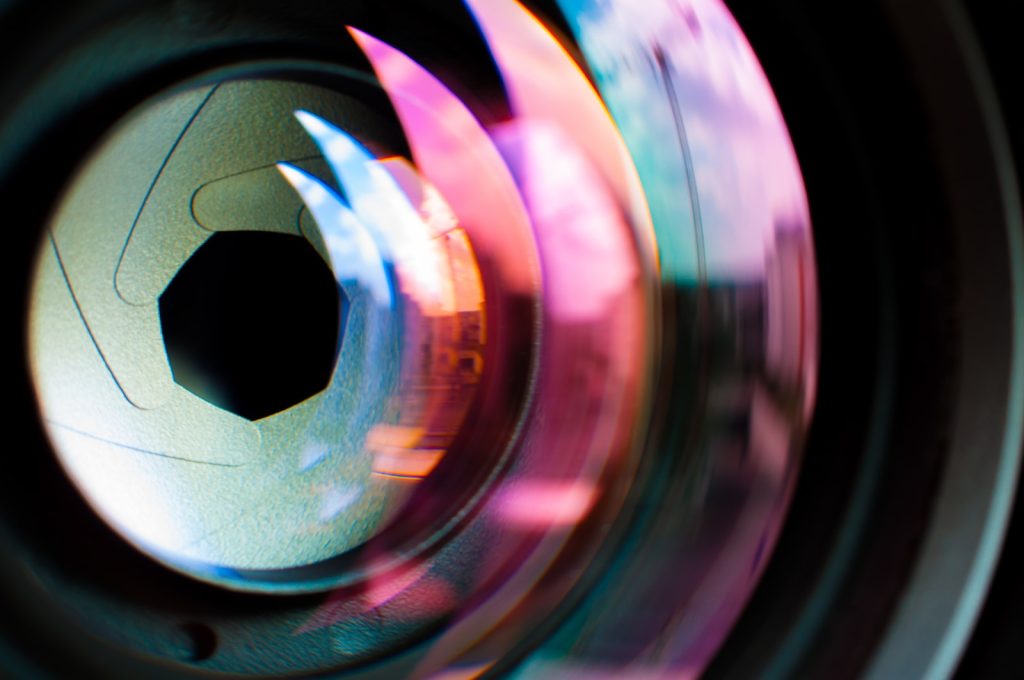When it comes to portrait photography, the lens selection plays a crucial role in determining the overall look and quality of the images. The choice of lens can greatly impact the perspective, depth of field, and overall aesthetic of the portraits. It is important for photographers to understand the importance of lens selection and how it can enhance or hinder the final outcome of their work.
One key factor to consider when choosing a lens for portraits is the focal length. Different focal lengths can produce varying results, allowing photographers to achieve different creative effects. For instance, a wide-angle lens can capture more of the surroundings and create a sense of depth, while a telephoto lens can isolate the subject from the background and compress the perspective. Understanding the characteristics of different focal lengths and how they contribute to the composition and storytelling of the portrait is crucial in making the right lens selection.

Key Factors to Consider when Choosing a Lens for Portraits
When it comes to capturing stunning portrait photographs, selecting the right lens is crucial. One key factor to consider is the focal length. A lens with a longer focal length, such as a telephoto lens, allows you to stand further away from your subject while still achieving a flattering perspective. This can be particularly advantageous when capturing candid or intimate moments, as it gives your subject space to relax and be themselves. On the other hand, a lens with a shorter focal length, such as a wide-angle lens, lets you get physically closer to your subject, resulting in a more immersive and dramatic effect. This can be ideal for environmental portraits or when you want to emphasize the background.
Another important factor to consider is the aperture of the lens. The aperture determines how wide the lens can open, influencing the amount of light that enters the camera and the depth of field in your images. A wide aperture, such as f/1.8 or f/1.4, allows for more light to reach the camera sensor, which is beneficial in low-light conditions. Additionally, a wide aperture creates a shallow depth of field, resulting in a blurred background and a strong focus on your subject. This can be particularly desirable in portrait photography, as it helps to separate the subject from the background and draw attention to their facial features or expressions. Conversely, a narrow aperture, such as f/8 or f/11, increases the depth of field, resulting in a sharper overall image. This can be advantageous when photographing group portraits or capturing landscapes in a portrait context.
Exploring the Different Types of Lenses Suitable for Portraits
Portrait photography requires careful consideration of lens selection to achieve desired results. There are various types of lenses available in the market, each offering unique characteristics and capabilities. One popular choice for portrait photography is the prime lens. Prime lenses have a fixed focal length, which means that they cannot zoom in or out. This limitation may seem like a downside, but prime lenses offer excellent image quality and wider apertures, allowing for a shallow depth of field and beautiful background blur. They are also generally smaller and lighter, making them more portable and convenient for on-the-go photography.
Another type of lens commonly used in portrait photography is the zoom lens. Zoom lenses have a variable focal length, meaning that they can zoom in or out to capture a wider or closer view. Zoom lenses offer versatility in composition and framing, making them suitable for different types of portrait photography. However, zoom lenses often have smaller maximum apertures compared to prime lenses, which can result in less background blur and lower light-gathering capabilities. Additionally, zoom lenses tend to be larger and heavier, which may be less ideal for travel or longer photography sessions.
Analyzing the Pros and Cons of Prime Lenses for Portraits
Prime lenses are a popular choice among portrait photographers for their superior image quality and wide aperture capabilities. One of the main advantages of using prime lenses for portraits is their ability to create a shallow depth of field, resulting in a beautifully blurred background that helps to isolate the subject. This creates a more visually appealing image where the subject becomes the main focus, drawing the viewer’s attention instantly.
Additionally, prime lenses are known for their sharpness and clarity, producing crisp and detailed images. The lack of moving parts in prime lenses also contributes to their overall durability and reliability. With no zoom functionality, prime lenses are often lighter and more compact, making them easier to carry and handle. This can be particularly useful during portrait sessions, where the photographer needs to move quickly and capture candid moments. However, the lack of zoom can also be a limitation, as it requires the photographer to physically move closer or further away from the subject to achieve the desired composition.
Evaluating the Advantages and Disadvantages of Zoom Lenses for Portraits
When it comes to portrait photography, zoom lenses offer both advantages and disadvantages. One of the biggest advantages of using a zoom lens is its versatility. With a zoom lens, you have the ability to quickly adjust the focal length, allowing you to capture a variety of shots without having to change lenses. This can be particularly useful in fast-paced portrait shoots where you need to switch between different framing and compositions rapidly.
Another advantage of using a zoom lens for portraits is the flexibility it offers in controlling your background. With a zoom lens, you can easily adjust the focal length to achieve a shallow depth of field, creating a beautiful background blur that helps to isolate your subject. This can be especially useful when shooting in less-than-ideal environments where you want to minimize distractions and bring the focus solely on your subject.
However, despite their advantages, zoom lenses also have a few disadvantages when it comes to portrait photography. One of the main drawbacks is their size and weight. Zoom lenses tend to be bulkier and heavier than prime lenses, which can make them less convenient to carry around, especially if you’re shooting on location or need to be mobile. Additionally, the complexity of zoom lenses can sometimes result in a compromise in image quality, particularly at the extreme ends of the zoom range. This means that you may not get the same level of sharpness and clarity as you would with a prime lens specifically designed for a particular focal length.
How Focal Length Affects the Look and Feel of Portrait Images
Focal length plays a significant role in determining the look and feel of portrait images. A wide-angle lens, typically with a focal length of 35mm or less, captures a broader perspective of the scene and emphasizes the context. This can be particularly useful when shooting environmental portraits, where the subject is placed within their surroundings to tell a more comprehensive story. The distortion resulting from the wide-angle lens can add a dynamic element to the image, but it is important to use this effect selectively and consider the impact on the subject’s proportions.
In contrast, a telephoto lens, usually with a focal length of 85mm or above, allows photographers to capture portraits with a more compressed perspective. Such lenses are valued for their ability to create a shallow depth of field, isolating the subject from the background and drawing attention to their features. Their longer focal length also enables photographers to maintain a comfortable shooting distance, which can be advantageous when working with subjects who may be camera-shy or in situations where space is limited. However, it is essential to be mindful of camera shake at longer focal lengths, necessitating the use of image stabilization or steady shooting techniques to ensure sharpness in the final images.


